The European Union (EU) currently consists of 27 member states with a population of about 450 million people. According to a World Bank report, the EU's GDP in 2021 reached 17 trillion USD, accounting for nearly 18% of the total global GDP, with GDP per capita reaching over 38,000 USD.
The EU is the world's third largest consumer market for agricultural, forestry and fishery products. The EU annually imports over 300 billion USD worth of agricultural, forestry and fishery products. In 2024, the EU's export turnover of agricultural, forestry and fishery products is forecast to reach about 345.14 billion USD, an increase of about 7.16%; the EU's import turnover of agricultural, forestry and fishery products is about 323.4 billion USD, an increase of 6.44%.
Citing data from Eurostat in 2020, the Vietnam Trade Office in Belgium and the EU said that the import turnover of agricultural, forestry and fishery products from Vietnam to the EU reached about 1.9% of the total import turnover of the EU, ranking 11th in the list of countries exporting agricultural, forestry and fishery products to the EU. The EU is one of the four largest export markets for agricultural, forestry and fishery products of Vietnam after the United States, China and ASEAN.
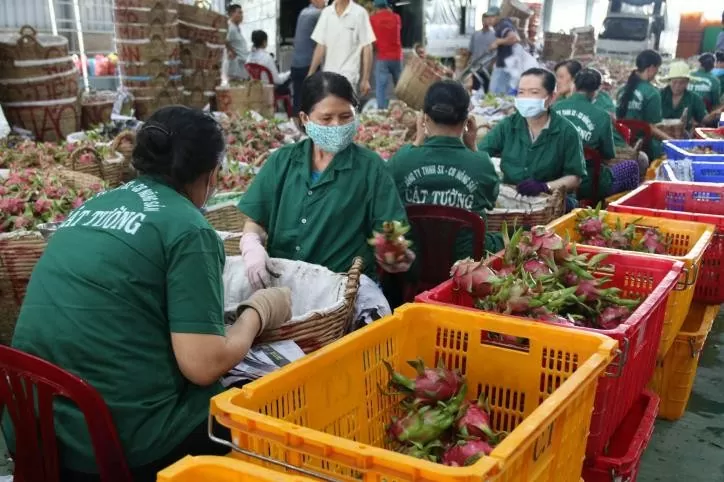 |
| Regarding general food safety management, the EU takes an integrated approach to food safety covering all sectors of the food and feed chain. Illustration photo |
The Vietnam Trade Office in Belgium and the EU emphasized that the EU's legal system on food safety and animal and plant quarantine is complete, comprehensive and transparent, and is regularly amended and supplemented to ensure and protect human, animal, plant and environmental health.
So far, the EU has recognized Vietnam and allowed it to export animals to the EU. Currently, the only groups of products of animal origin from Vietnam that are allowed to be exported to the EU are seafood and bivalve molluscs, snails, frog legs, gelatin, collagen, some types of products processed from animal by-products, pet food and honey.
Vietnam is currently considering registering to include poultry and rabbit products in the list of permitted exports to the EU. The list of enterprises approved by the EU includes nearly 600 enterprises, mainly seafood exporters (aquatic products: 523 enterprises; bivalve mollusks, frog legs, snails: 33 enterprises; processed animal products such as gelatine, collagen, honey: 16 enterprises...).
In terms of general food safety management, the EU takes an integrated approach to food safety covering all sectors of the food and feed chain. Agricultural products and food commodities from third countries outside the EU accessing the market, the EU applies food safety management measures to different groups of products of animal and plant origin. For products of plant origin, the EU applies an open and post-audit approach that is different from that of other major agricultural food importing partners.
For animal-origin products including both terrestrial and aquatic animals, there is a strict approach according to 3 criteria of countries, product groups and enterprises approved by the EU, along with national control programs implemented in parallel or some types, diseases, harmful microorganisms on both terrestrial and aquatic animals, control of toxic residues, antibiotics in animal products and programs to control microorganisms, heavy metal toxins for aquatic products, monitoring plans, epidemics for livestock, poultry... to be allowed to access the EU market.
Vietnam is one of four Asian countries signing a Free Trade Agreement with the EU. The EU-Vietnam Free Trade Agreement (EVFTA) took effect from August 1, 2020, bringing many opportunities and contributing to promoting the growth of agricultural, forestry and fishery exports.
However, in reality, there are also many challenges for Vietnam's agricultural, forestry and fishery exports when tariffs are reduced but still face difficulties related to technical barrier regulations in the EU market, which are increasingly increasing and being implemented more widely.
EU consumers are increasingly demanding of imported agricultural, forestry and fishery products in terms of food safety; environmental friendliness, carbon emission reduction, energy labelling, animal welfare; and demonstrating social responsibility and even accepting some novel products from outside to access the EU market.
Major changes in market approach
Regarding the EU Plant Protection and Phytosanitary Law, the Trade Office said that the new law represents a major change in a more proactive approach aimed at preventing the entry or spread of diseases and pests of plants or plant products across the EU.
The new EU plant health regulation aims to protect European agriculture and forestry from the introduction and spread of harmful organisms. These measures are indispensable to protect health, the economy and competitiveness of EU agriculture and the environment, as well as to maintain the European Union's open trade policy.
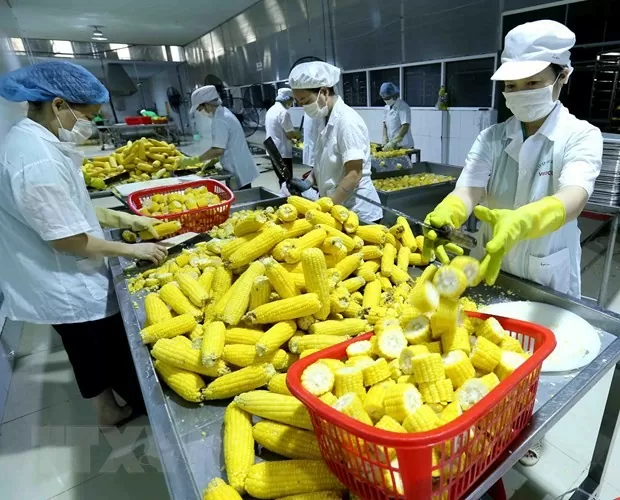 |
| Under the new regulations, all live plants must be accompanied by a phytosanitary certificate in accordance with EU regulations to enter EU territory. Illustration photo |
According to the new regulations, to enter the EU territory, all living plants (including whole plants, plant parts, fruits, cut flowers, seeds, etc.) must be accompanied by a phytosanitary certificate in accordance with EU regulations. The EU also exempts the requirements for providing a phytosanitary certificate in the following cases, provided there is no risk of spreading harmful organisms: No phytosanitary certificate is required for 5 types of imported fruits including: pineapple, banana, coconut, durian and dates...
Additional checks and increased frequency of checks in emergency cases for certain products of plant origin from certain countries entering the EU market pose a high risk of spreading plant pests or negative impacts on consumer health and the environment... The EU also introduces long-term control measures to prevent certain plant diseases that have an impact in certain regions of the EU.
In terms of pesticide regulation, the EU sets a default Maximum Residue Level (MRL) of 0.01 mg/kg for substances on the list of permitted uses. This regulation allows exporters to claim an “import tolerance” for active substances that have not been evaluated or used in the EU.
In addition, the EU also issued new regulations on maximum residue limits (MRLs), the EU issued regulations applying pesticide residues to all agricultural products used for food and animal feed. This regulation is mandatory for both agricultural products produced in the EU and imported.
The Vietnam Trade Office in Belgium and the EU emphasized that the stricter regulations of the new EU Plant Protection and Quarantine Law have a great impact on third countries exporting plants and plant products to the EU. These impacts affect both management agencies and private production and export enterprises. Competent authorities in exporting countries must ensure the development of necessary measures, increase investment in infrastructure systems, and effectively apply them throughout the entire production and export process to ensure that exported goods fully comply with the new EU regulations. The possibility of presence, low levels of damage, especially those pests that pose a threat to the EU territory, and failure to comply with and control quarantine measures well may lead to the application of additional control measures or import bans.
For authorities in some exporting countries, meeting the new regulations requires investment in infrastructure, human resources, capacity building and resource allocation to meet additional requirements, regulations, inspections and other requirements. The impact on both the public and private sectors is felt, particularly in some third countries where value chains are required to apply special requirements for the export of plants and plant products.
The trade office stressed that producers in exporting countries outside the EU face difficulties, challenges, and additional requirements in addressing phytosanitary issues for exported food products. The new EU Plant Protection and Quarantine Law was enacted in the context of encouraging farmers to reduce the use of pesticides in production and reducing the maximum allowable pesticide residue levels in products.
Source: https://congthuong.vn/eu-thay-doi-quy-dinh-kiem-dich-dong-thuc-vat-an-toan-thuc-pham-doi-voi-hang-nhap-khau-352400.html








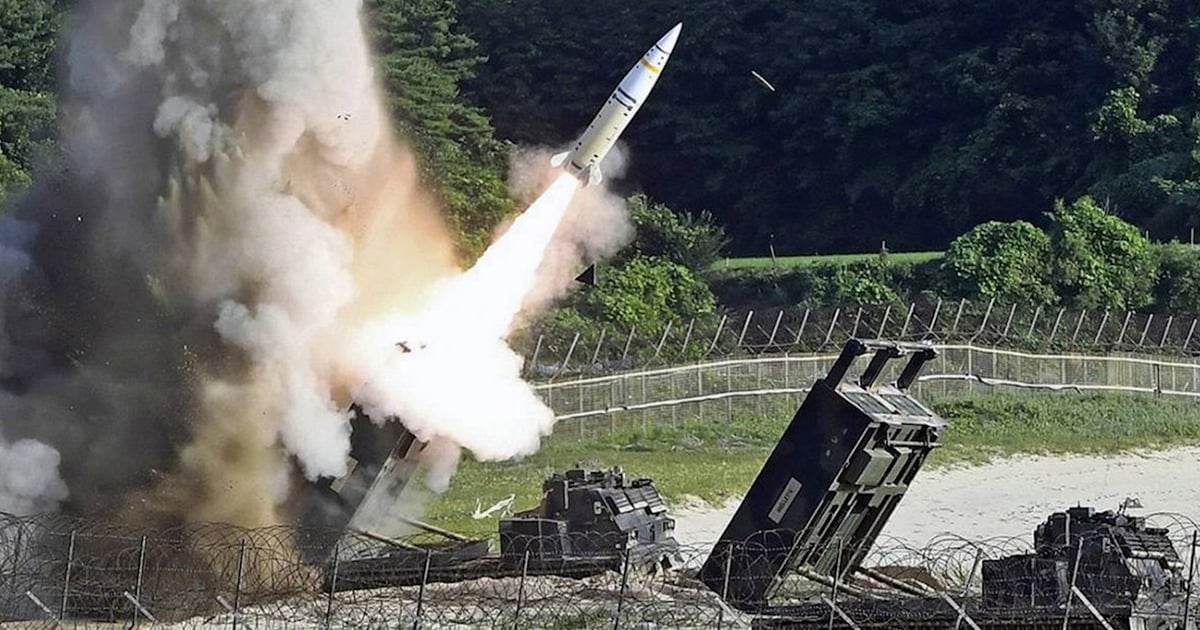

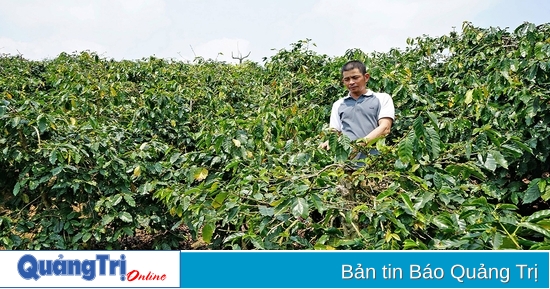
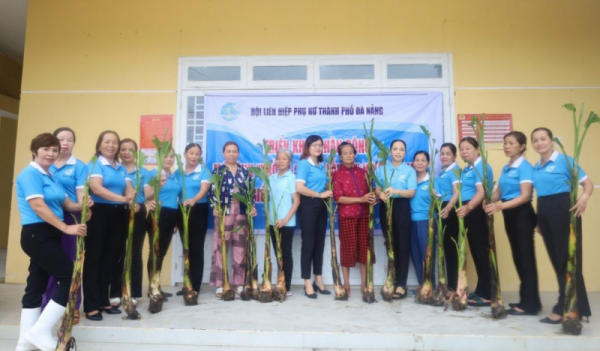



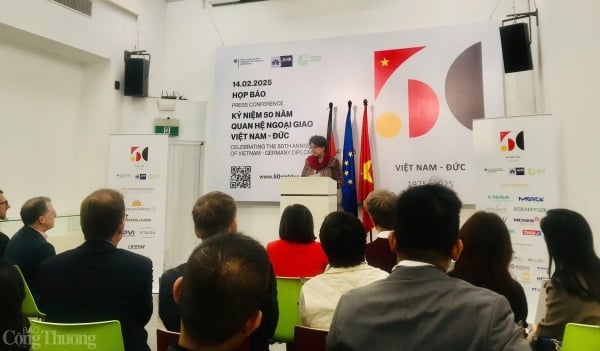
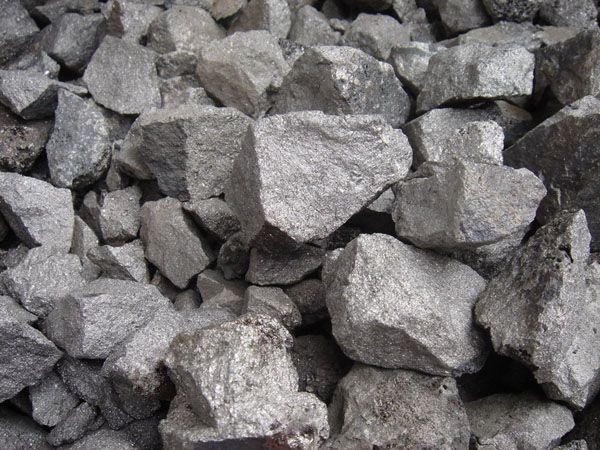







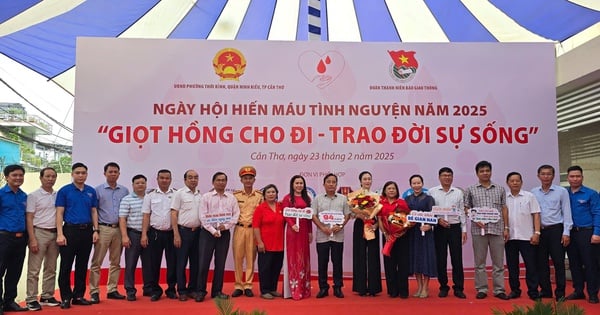



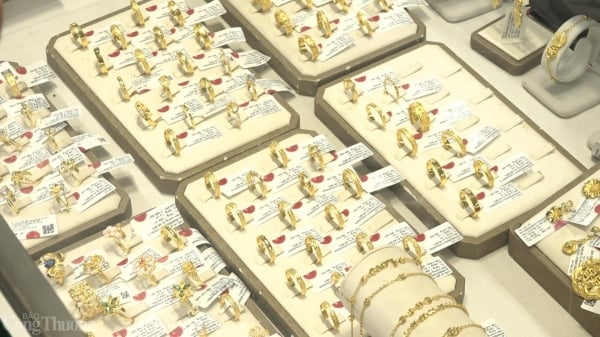
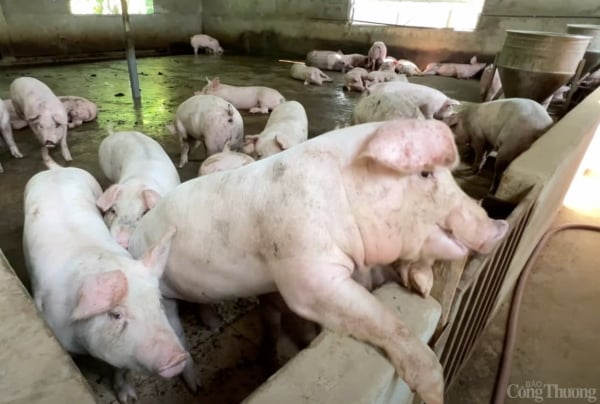
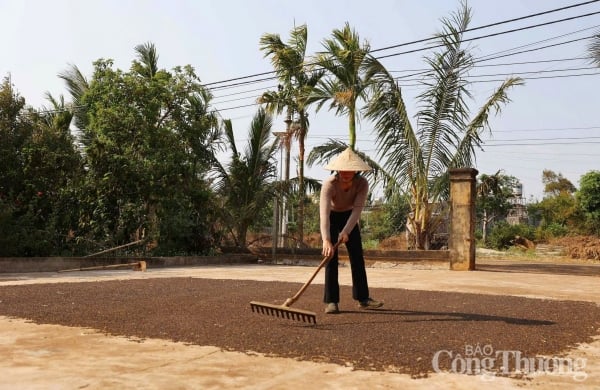
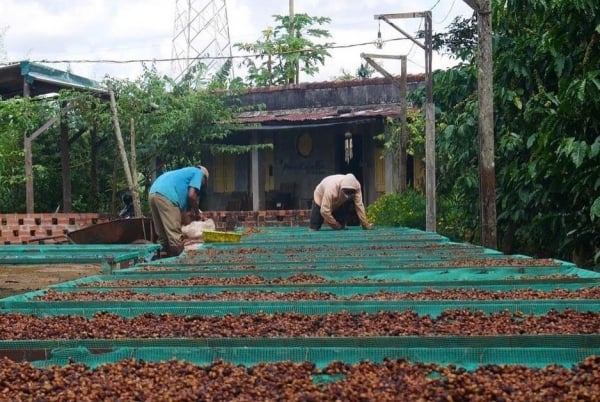

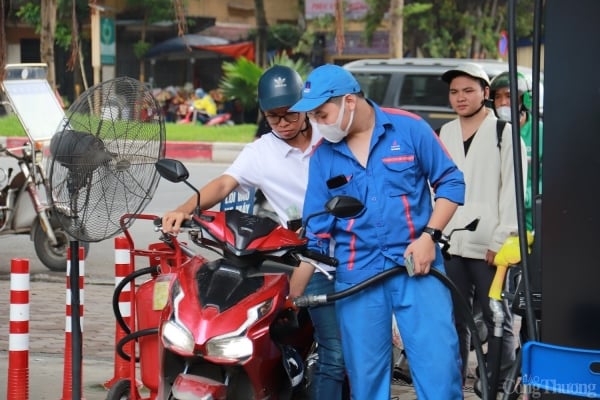











Comment (0)